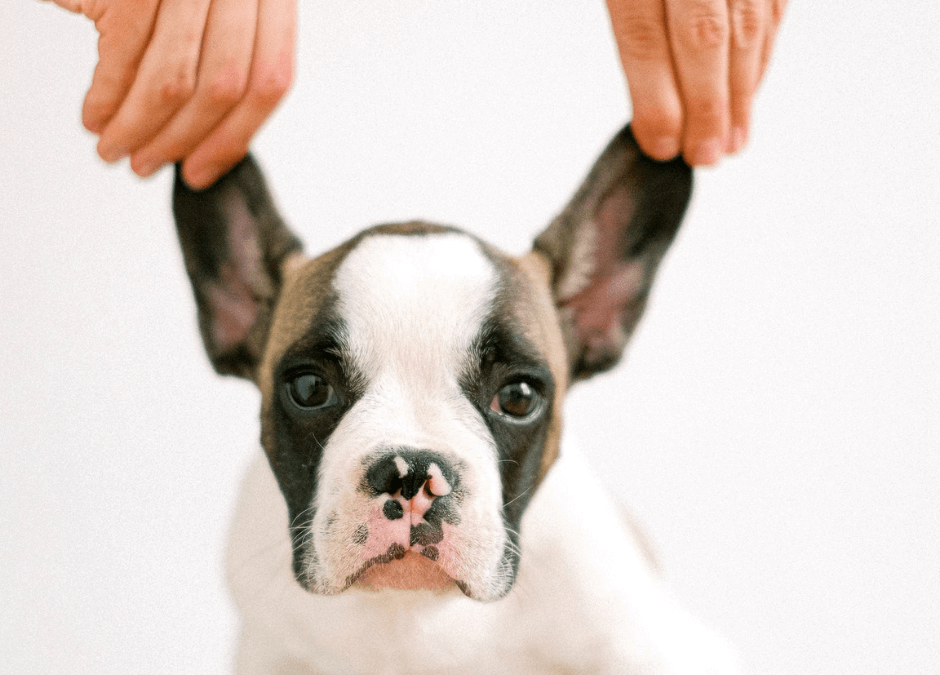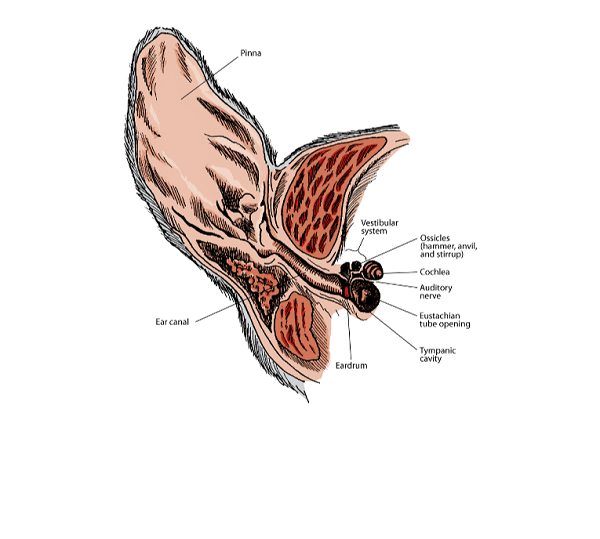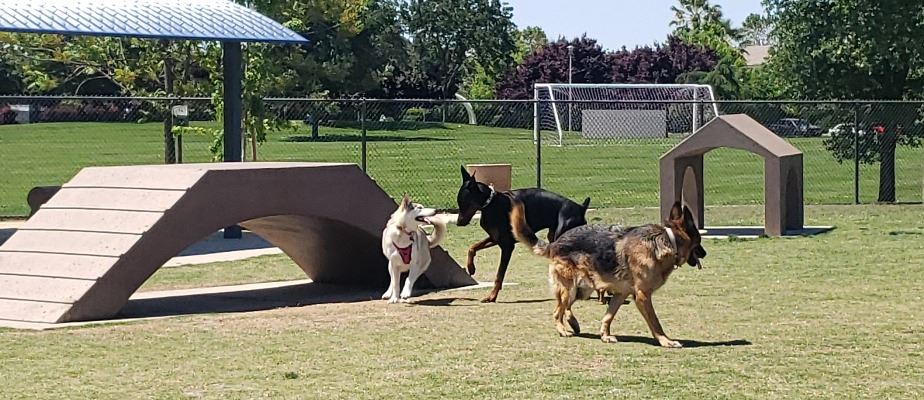
What exactly does your dog's ears do?
Your dog’s ears are very important for three main reasons: hearing, communicating, and body language. Before we get into each specific reason lets explore the structure and function of the ear in your dog.
The ear is part of your dog’s body that helps with hearing and balance. It consists of the outer, middle, and inner ear.
The outer ear is made up of the pinna, and the ear canal. The pinna is made of cartilage and is covered by either skin, fur, or hair. This part is used to capture waves of sound and funnel them through the ear canal straight to the eardrum. Interestingly, the pinnae can move independently of one another. Of course the dog’s size and shape of the pinnae vary based off of their breed. Also, their ear canals are deep, which creates a better funnel to carry sound to the eardrum. Their canals are so much deeper than humans that they can hear up to about 4 times better than the average person.
The middle ear includes the eardrum, and a small air-filled chamber that contains 3 very small bones. These tiny bones are called the hammer, anvil, and stirrup. Included in the middle ear are two muscles, the oval window, and the eustachian tube. The eustachian tube is connected from the middle ear to the back of the nose which allows air to enter the middle ear.
The inner ear is very complex, but it includes the cochlea (the organ of hearing) and the vestibular system (the organ of balance).

Your dog’s ear type is determined by the type of breed your dog is. Different breeds have different sizes and shapes as well as looks. For example, some are pricked like a German Shepherd, semi-pricked like a Shetland Sheepdog, hang long like a Bassett Hound, or dropped like a Beagle. Some dogs have their ears cropped so that some or all of the earlap is removed like a Doberman Pinscher or Great Dane.
The position of your dog’s ears can determine body language and communication signals important to other animals, and people. When your dog is comfortable and relaxed he or she will have their ears held naturally. When alert, your dog will raise their ears higher and towards whatever is holding their interest. Also, your dog will raise their ears up and forward when your dog is feeling aggressive. If the ears are pulled back slightly then your dog is signaling his or her intention to be friendly. If their ears are completely flattened or stuck out to the sides of their head, they’re signaling that they’re either submissive or very scared. Understanding and knowing these different types of ear movements can help determine your dog’s intentions and feelings. This can be useful in doggy play dates, meeting other people, and meeting your other household pets, like a cat for the very first time.
Now that you better understand how a dog’s ears function, and the importance of them lets talk about ear cropping. Ear cropping is surgically altering or completely removing your dog’s ears. The main reason this is done is because some dog owners feel it gives their dog’s type of breed a better overall look. In some countries it’s illegal, and in some like the United States it’s legal. Celebrities and fashion designers are even hopping on board which is increasing the normalization of ear cropping. Celebrities are getting their dog’s ears cropped, and then posting pictures or videos of them on social media platforms like Instagram or Tiktok. Some fashion now contain images of dogs with cropped ears on shirts or hats for people to wear. Pictures are also starting to now be used in advertising as well. Dr. Samantha Gaines, a RSPCA welfare dog expert, says: “Dogs have their ears cropped for one reason and one reason only; to achieve a certain ‘look’. In short, it makes them look tougher, more intimidating. Ear cropping is painful and completely unnecessary. Despite what some breeders will claim, cropping a dog’s ears does not benefit them in any way. It can be detrimental to their health, behavior and welfare in the short-term and in the long-term.”
All in all, ear cropping can lead to future health problems which can add up to big dollars. Nobody wants to see their dog harmed or unhealthy in any way so it’s always best to play it safe and keep your dog all natural. If you live in a wooded area where ticks exist then please don’t forget to check on the pinna of your dog’s ears. They find it to be a warm soft area to nestle in. If you have any issues with your dog’s ears do not hesitate to call your local vet for more information or a checkup!






